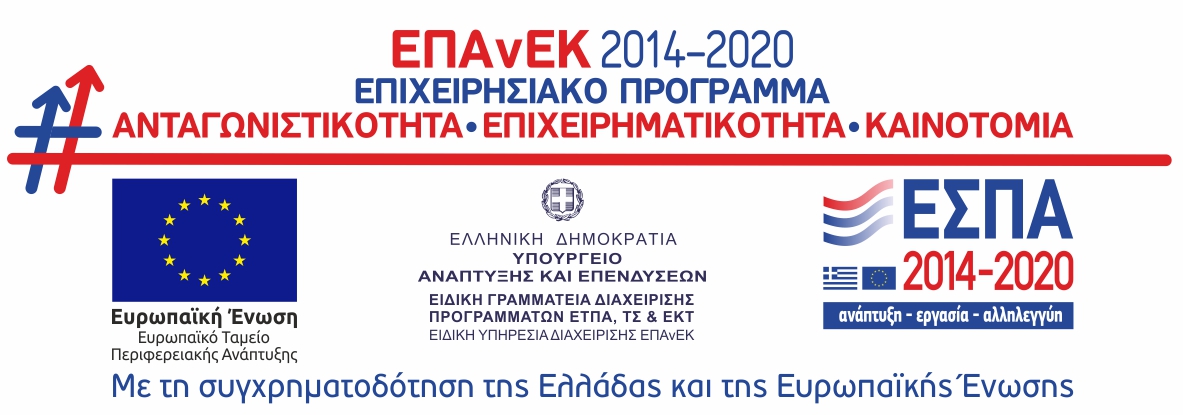I love my language app! This is coming from an English language teacher who fears for her job in an era when technology can provide personalized instruction 24/7. I can’t help it though. I pick up my phone and interact with characters in a dialog. I can listen as many times as I want, I can speak, and my phone will give me immediate feedback without the stress of a grade. I’m on a 97-day streak, so I’ve interacted with it daily for over three months, so it’s clearly working. The question is, with these sophisticated apps available, is my classroom teaching still relevant?
My answer is yes, but perhaps with a few tweaks. Since many students are now doing more drilling and gaining more exposure to language through technology, there’s an opportunity to move communicative language teaching to a higher level of complexity. We can start layering in pragmatics, which is essentially the art of achieving conversational goals implicitly. Meaning comes through language choices, but also when and how to say something, the pitch and tone of prosody, and a sensitivity to the context.
The following activities support learners in feeling confident that their intentions are clear and that they can be genuine with other people. They can be skill components in a lesson plan that moves toward fluency practice.
A. Heart to Heart
Research suggests that when people reveal something personal about themselves, they feel closer to others.
Aim: Build community and practice improvisation
Preparation: One or more questions about the students’ personal experiences or opinions
Time: 10 minutes or more depending on class size
Activity
- Have students stand in a circle. Tell them to think about something they are afraid of. Then tell them something you are afraid of and gesture to a new speaker in the circle. Invite them to share their fear. Have them gesture to a third person who shares a fear until everyone has had a turn.
- Repeat with other questions such as the following.
- Who is your hero
- What are you grateful for?
- What is your biggest pet peeve? (A pet peeve is something that other people do that annoys you such as twirling their hair, tapping their leg, or interrupting.)
3. Take notes, or have students quickly write down their answers and hand them in. Later, use the information for improvisation games later. Here’s are two examples.
Loreta is afraid of snakes.
Improv: Benjamina, Xing and Raul are camping, and they are looking for wood to build a fire. Secretly tell Xing and Raul that they see a snake in tent, but they don’t want Benjamina to find out. What do they do?
Carolina is uncomfortable saying no.
Improv: Walter and Kaiko want Carolina to recommend them to her boss. Secretly tell Carolina that she is quite sure they will be nothing but trouble, so her goal is to convince them not to apply.
Discussion Topic: Share stories about a time you overcame your fear.
B. Best Dressed Guests
This consonant cluster activity helps students move from sounds to prosody which communicates intention (what the listener will implicitly understand).
Aim: To embed specific consonant cluster practice into communicative experiences.
Preparation: Prepare a sentence or set of sentences that contain the consonant cluster(s) that you want to work on.
Time: 10 minutes per round.
Activity
- Write the sentence on the board. Discuss the sounds you want work on and practice with a drill. The following is an example with /st/ and /ts/ and / θ / and / ð/
Steve and Beth were the best dressed guests at Christian’s gathering.
2. Say the sentence with two types of intonation. A: certainty. B: doubt. Have students guess whether your meaning is A or B. Practice the two types of intonation until students feel confident.
3. Have students work in pairs. One says the sentence with a specific intonation, the other guesses A: certainty or B: Doubt.
4. Add a line to create a two-part dialog. This time say A with confidence, and then B with either agreement or doubt, and have students guess again.
A: Steve and Beth were the best dressed guests at Christian’s gathering.
B: Best dressed. (agree)
B: Best dressed? (Doubtful)
4. Switch partners and have pairs practice again with partners giving each other feedback on whether they understand agreement or disagreement.
Variation
Collect other sounds that will be useful for students to learn and repeat the process with new dialogs. Or have students write their own dialogs with the words containing consonant clusters. You can also have them elaborate by continuing the dialog.
/sc/ / ð/
A: I almost screamed when I saw that scary monster on my screen.
B: You screamed?
/ts/
A: An expert editor corrects texts.
B: Corrects texts?
Discussion: Backwards sayings.
Discuss the differences in meaning. Decide which one is the real saying. Then have partner A say one of the versions and partner B use intonation to respond in agreement or doubtfully. Then they continue the conversation accordingly. (This can be modeled with volunteers at the front of the class.)
- It’s better to be sorry than safe.
- It’s better to be safe than sorry.
- A bird in the hand is better than two in the bush.
- Two birds in the bush are better than one in the hand.
- Fitness is not about being better than someone else. It’s about being better than you used to be.
- Fitness is about being better than someone else. It’s not about being better than you used to be.
C. Mini-Monologues
Short-prepared monologues can help students develop personality awareness in a way that reading texts do not.
*Note: To stress to a word, is not to necessarily say it louder but to lengthen the vowel sound.
Aim: To provide strategies for incorporating prosody into a public performance.
Preparation: Select one or more mini-monologues that have emotional messages. Make copies or prepare to display on a board or screen.
Time: varies according to class size
Activity
- Create a recording of a monologue to play for students or read it aloud with emotional resonance and stress. Elicit the topic by asking, “What’s it about? Who is talking?” Next, discuss the mood of the speaker and any language choices that might reveal this emotion by asking, “How does the speaker feel?” and “What does the speaker want?”
Below are three very short monologues that reflect the functions of complaining, declining an invitation, and expressing concern. Each contains opportunities for both emotional messaging and stress emphasis. You can choose one or do all three.
- The cat has fleas, so someone has to take her to the vet. It can’t be me! I’m busy. I’m already late for work. And it’s not my cat anyway. You’re the one that wanted a cat!
- I would love to come. . . really I would. It’s just that I have this thing I gotta do. If I could get out of it, I would, but I made a promise to a friend and I can’t let him down. (pause) Can I come another time?
- A car accident? Are you okay? (pause). Well that’s a relief! Where are you? I’ll come and get you. Just give the address. (pause) The address! You don’t know where you are? How am I going to find you? Are you sure you’re okay?
2. Give students copies or display the monologues. Review the speaker’s emotion/intention. Then discuss and mark thought groups and stress. (Every thought group has at least one stressed word.)
3. Have individual students choose one of the monologues to work with or assign one. Give them ten minutes to memorize the monologue and plan the following elements:
- use stress emphasis and pauses
- express an emotion such as frustration, concern, or regret
- include gesture and expressions
4. Have student perform in groups and/or for the class. Give feedback on the various elements. Consider having them write a second monologue on their own as homework and have them perform it in class. You can provide the category such as complaining, expressing sympathy or delight.
Discussion: Choose a question to answer.
- What are you usually doing when you are really happy? Where are you? Who are you with?
- What frustrates you in your life right now. Why? What are some experiences you can share?
- Who is going through a hard time right now? (You can talk annonomously about someone you know.)
BIO
Alice Savage (M.A. TESOL) is an award-winning materials writer and teacher. Drawing inspiration from drama, literature and popular media to create lesson plans and activities, her focus is on helping teachers and students bring language into authentic use. Her publications include 60 Kinesthetic Grammar Activities, The Drama Book, and several short plays as well as fluency readers and skills-based course books.
For more information about books and workshops of Alice Savage in Greece visit:
https://www.des.org.gr/presenter/alice-savage/











